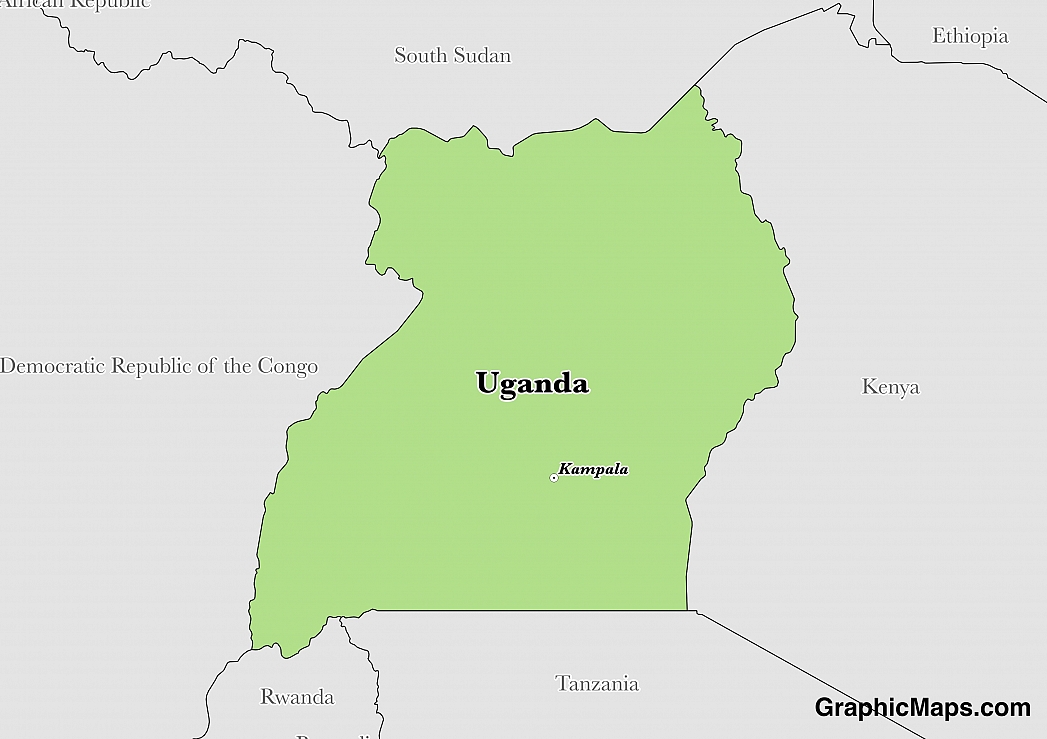The government of Uganda is carried out as a presidential republic, which means that the citizens of the country elect political representatives to ensure their best interest is considered in governmental decisions. Uganda is lead by the President, who acts as both the Head of Government and the Head of State. Parliamentary responsibilities, also known as the legislative branch of government, belong to the National Assembly. The National Assembly is a unicameral parliamentary body with 426 representatives. The judicial branch of government is independent of the executive and legislative branches.
All citizens over the age of 18 have the right to vote in Uganda. These individuals elect the President to serve a 5-year term, which is renewable. The current President has been in office since January of 1986. Additionally, the citizens of Uganda elect the National Assembly representatives. These seats are filled based on the following representation: 238 national constituencies, 110 women constituents, and 38 special interest groups (youth and people with disabilities, for example). Legislative representatives are also elected for 5-year terms.
The Parliament House of Uganda is located in Kampala, the capital of the country. Here, it can be found between blocks 16 and 18 of Parliamentary Avenue. The Parliamentary House construction project began in 1958, although the first foundation stone was officially placed by the Governor in December of 1956. Members of Parliament hold their meetings in the Chamber room, which is located on the bottom floor of the building. Most of the higher-level officials, like the Speaker of the House and the Deputy Speaker, have their offices in the North Wing of the Parliament House. This building can be recognized by the Independence Arch, which is located at the main entrance. Its first foundation stone was set when Uganda won its independence in 1962.
Until 2005, political parties were not permitted in the electoral process of Uganda. In 2005, however, the population voted in favor of a referendum that brought back the system of political parties. Today, the President belongs to the National Resistance Movement political party. This party also holds majority representation in the National Assembly, with 293 of 426 seats. Other political parties represented in the legislative branch include: the Forum for Democratic Change (36 seats), the Democratic Party (15 seats), the Military (10 seats), the Uganda People’s Congress (6 seats). At least 66 seats are held by representatives of independent political parties.
This page was last modified on May 1st, 2018
More on Graphicmaps

Published on 2019-11-06
What is a Trade Embargo?

Published on 2019-11-04
Which Two Countries Used to Have the Same Flag?

Published on 2019-09-16
What Is the Only Two-Sided State Flag?

Published on 2019-09-16
Which Country Flag Looks Like the Texas Flag?

Published on 2019-08-29
Flags That Resemble the US Flag

Published on 2019-08-20
